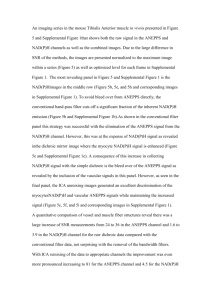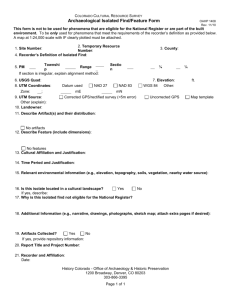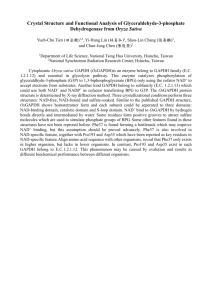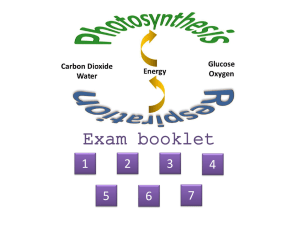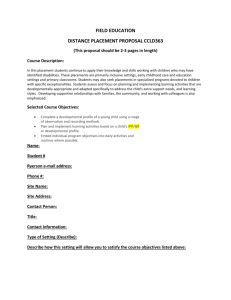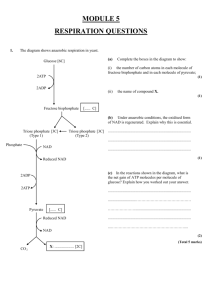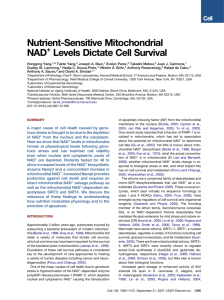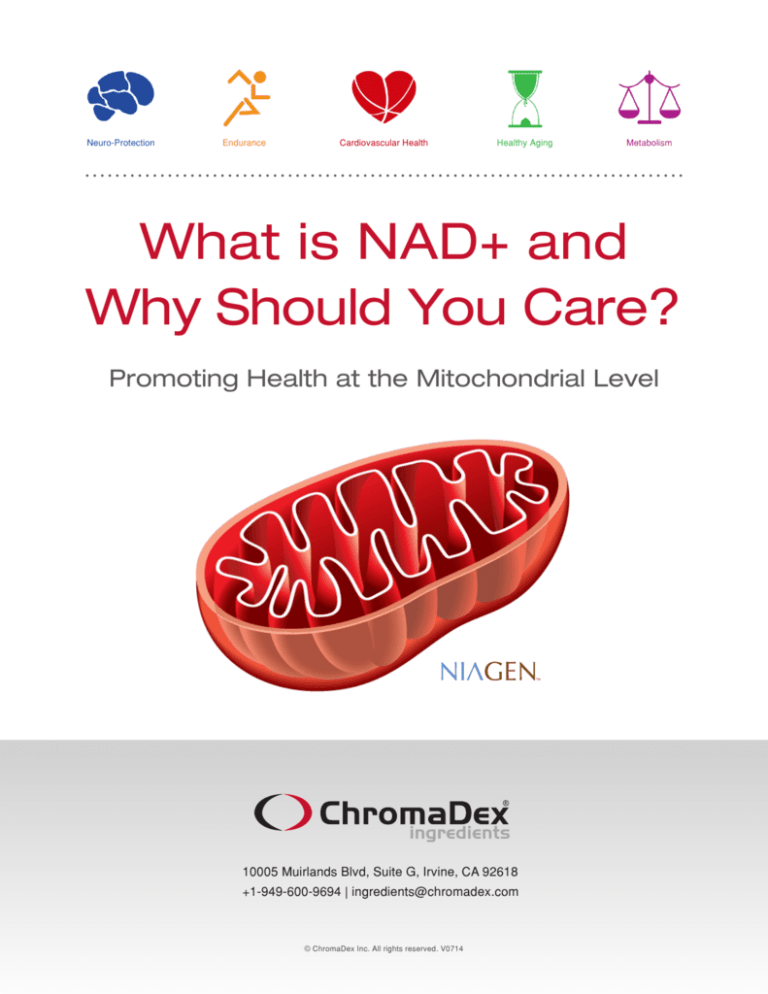
Neuro-Protection
Endurance
Cardiovascular Health
Healthy Aging
Metabolism
What is NAD+ and
Why Should You Care?
Promoting Health at the Mitochondrial Level
ingredients
10005 Muirlands Blvd, Suite G, Irvine, CA 92618
+1-949-600-9694 | ingredients@chromadex.com
© ChromaDex Inc. All rights reserved. V0714
What is NAD+ and Why Should You Care?
Page 2 of 3
Promoting Health at the Mitochondrial Level
Nicotinamide adenine dinucleotide (NAD+) is an essential metabolite in all human cells. It plays a key role in cellular
metabolism within the “powerhouses of the cell”, the mitochondria. Mitochondria have long been known to perform
important cellular functions related to converting nutrients such as fats, proteins and carbohydrates into energy,
but researchers have begun to further study the broader role of mitochondria in protecting against a wide range of
adverse health conditions.
These adverse health conditions are linked to a decrease in the efficiency of mitochondria, which may occur with
aging, as well as with a sedentary lifestyle and overeating. Aging – as well as a sedentary lifestyle and overeating
– causes a decline in the levels of NAD+ that is essential to mitochondrial health. With a decline in NAD+ levels,
the number and density of the mitochondria are reduced, with the result that they become less efficient, or even
dysfunctional. The effect of this decline in mitochondrial function may lead to negative health consequences,
including a slower metabolism.
One function of NAD+ in the body is to facilitate communication between the cell’s nucleus and its mitochondria,
thereby maintaining mitochondrial efficiency and function. As NAD+ levels decrease due to age or lifestyle effects,
this natural communication path suffers. Dr. David Sinclair, a professor of genetics at Harvard Medical School who
has studied this process, compares it to a married couple: “When they are young, they communicate well, but over
time, living in close quarters for many years, communication breaks down. And just like with a couple, restoring
communication solved the problem.” Studies in animals have suggested that stimulating mitochondrial function
by increasing the production of NAD+ results in increased longevity as well as other health benefits, including
weight management, improvement of blood glucose and insulin sensitivity and neuroprotection. Which leads to the
question: how can we increase levels of NAD+?
One way is by supplementation with an NAD+ booster such as nicotinamide riboside (NR). NR is a highly efficient,
“no flush” form of niacin or vitamin B3 that offers many health benefits, including endurance, performance, weight
management, cardiovascular health, anti-aging, cognitive function and neuroprotection. NR has been shown to be
a potent precursor – perhaps the most potent precursor – to NAD+ in the cell. By boosting NAD+ levels with NR
supplementation, meaningful improvements in health and well-being can be achieved.
So just how theoretical is the concept of promoting health by revitalizing mitochondria? Last December, Dr. Sinclair
and his colleagues published a ground-breaking paper which found that giving older mice an NAD+ booster for
only a week made the mitochondria of two-year-old mice resemble those of six-month-old mice when evaluated
for critical biochemical markers of muscle health. In human years, that would be the equivalent of a 60-year-old’s
mitochondria becoming more like those of a 20-year-old. In the words of the study’s authors, the mitochondria were
“rejuvenated.” Scientists used to believe that aging was caused by mutations in the genetic blueprint of the cells
– a theory that, according to Dr. Sinclair, may still apply in later life – but if the earlier phases of aging are caused
by a drop-off in NAD+ levels, as Dr. Sinclair’s research indicates, some aspects of aging could theoretically be
reversed. As a result of the administration of an NAD+ booster in the December study, “the nucleus reestablished
communication to the mitochondria,” Dr. Sinclair has said. The result was that the mitochondria of the mice “went
straight back to being young again.”
While Dr. Sinclair studied the effect of an NAD+ booster on aging, others have studied the effect on age-related
conditions, including the tendency to weight gain and diabetes. Findings from a study at the Weill Cornell Medical
College and the École Polytechnique Fédérale de Lausanne Switzerland, showed that mice on a high-fat diet
Neuro-Protection
Endurance
Cardiovascular Health
Healthy Aging
10005 Muirlands Blvd, Suite G, Irvine, CA 92618 | +1-949-600-9694 | ingredients@chromadex.com
Metabolism
ingredients
What is NAD+ and Why Should You Care?
Page 3 of 3
Promoting Health at the Mitochondrial Level
that were fed NR gained 60 percent less weight than mice on the same high-fat diet without NR. The researchers
described the effects of NR on metabolism as “nothing short of astonishing." While the scientific jury is still out on
the question of whether boosting NAD+ levels through supplementation can increase lifespan, research at these
and other leading universities, including Massachusetts Institute of Technology and the Mayo Clinic on the effect
of boosting NAD+ on conditions such as heart disease and Alzheimer’s disease indicates that it can certainly lead
to an increased healthspan, which refers to the ability to live into old age in good health. As Dr. Sinclair pointed out
in a TEDx talk last May, although modern man may be living longer, the percentage of life spent in good health is
actually on the decline.
In addition to anti-aging and metabolism, NR has also been shown to offer numerous other health benefits such
as increased endurance due to enhanced mitochondrial functioning, improved cognitive function due to protection
against age related axonal degeneration, and improved cardiovascular health since NAD+ precursors are known to
have beneficial effects on blood lipid levels.
In May of 2013, ChromaDex (OTCQB:CDXC) launched NIAGENTM, the first and only commercially available form
of NR. The company plans to contribute to the research on the benefits of NR by conducting the first human clinical
study on NIAGENTM which started in July of 2014. Additionally, ChromaDex is continuing its collaborations with
universities and research institutes with programs designed to further research and validate the benefits of NR
in its role as an NAD+ booster. The ongoing research on the role of NAD+ in a wide range of health conditions is
ushering in a new era in which nutritional supplementation is focused less on treating individual diseases and more
on improving health at the most basic level – the cell and its energy powerhouses, the mitochondria.
Neuro-Protection
Endurance
Cardiovascular Health
Healthy Aging
Metabolism
References
1.
Imai SI & Guarente L (2014) NAD and sirtuins in aging and disease. Trends in cell biology.
2.
Chi Y & Sauve AA (2013) Nicotinamide riboside, a trace nutrient in foods, is a vitamin B3 with effects on energy metabolism and neuroprotection.
Current opinion in clinical nutrition and metabolic care 16(6):657-661.
3.
Bogan KL & Brenner C (2008) Nicotinic acid, nicotinamide, and nicotinamide riboside: a molecular evaluation of NAD+ precursor vitamins in
human nutrition. Annual review of nutrition 28:115-130.
4.
Gomes AP, et al. (2013) Declining NAD(+) induces a pseudohypoxic state disrupting nuclear-mitochondrial communication during aging. Cell
155(7):1624-1638.
5.
Canto C, et al. (2012) The NAD(+) precursor nicotinamide riboside enhances oxidative metabolism and protects against high-fat diet-induced
obesity. Cell metabolism 15(6):838-847.
6.
Chini EN (2009) CD38 as a regulator of cellular NAD: a novel potential pharmacological target for metabolic conditions. Current pharmaceutical
design 15(1):57-63.
7.
Gong B, et al. (2013) Nicotinamide riboside restores cognition through an upregulation of proliferator-activated receptor-gamma coactivator
1alpha regulated beta-secretase 1 degradation and mitochondrial gene expression in Alzheimer's mouse models. Neurobiology of aging
34(6):1581-1588.
8.
Sasaki Y, Araki T, & Milbrandt J (2006) Stimulation of nicotinamide adenine dinucleotide biosynthetic pathways delays axonal degeneration
after axotomy. The Journal of neuroscience : the official journal of the Society for Neuroscience 26(33):8484-8491.
9.
Sauve AA (2008) NAD+ and vitamin B3: from metabolism to therapies. The Journal of pharmacology and experimental therapeutics 324(3):883-893.
10005 Muirlands Blvd, Suite G, Irvine, CA 92618 | +1-949-600-9694 | ingredients@chromadex.com
ingredients

